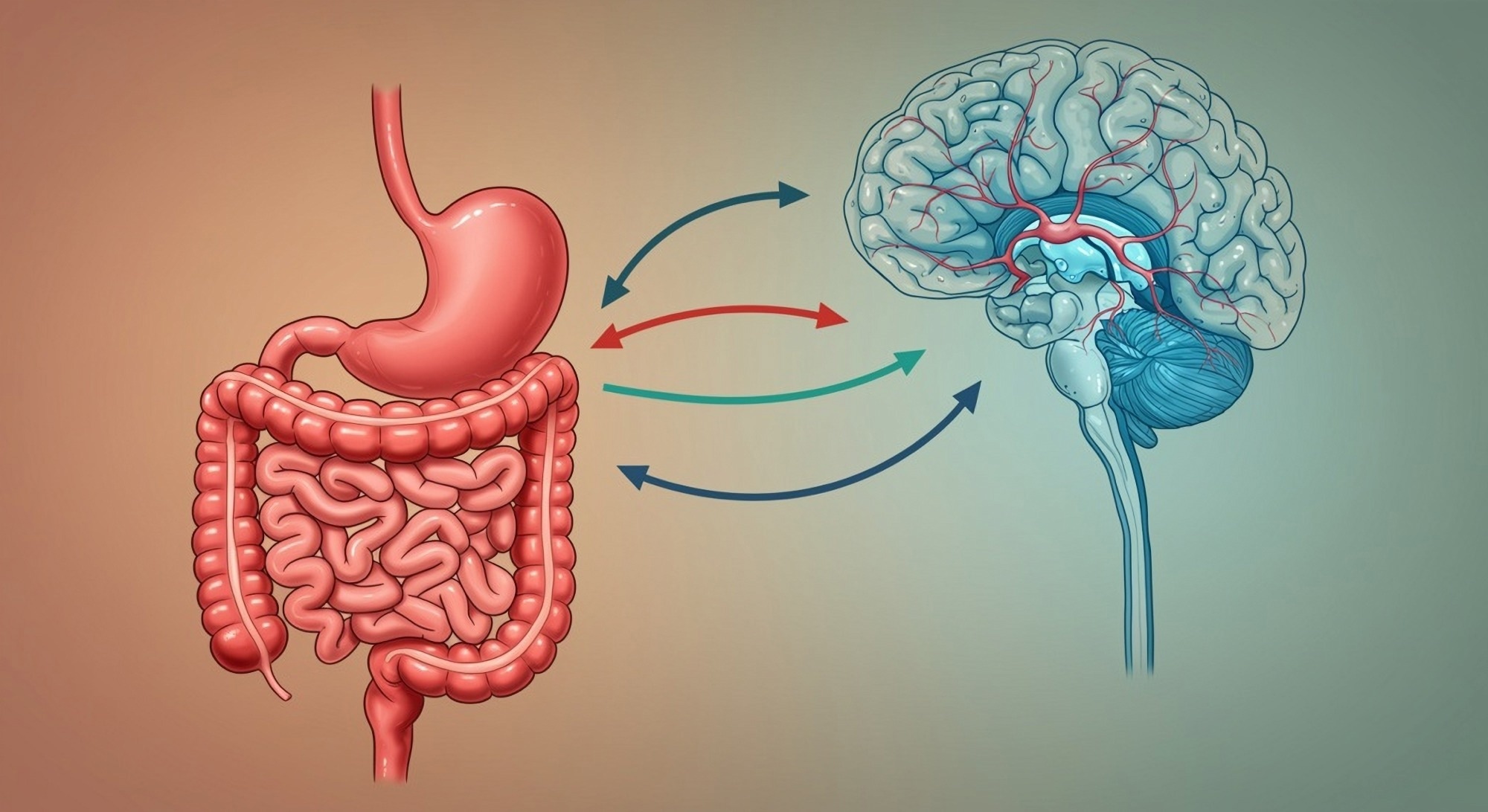In a recent study published in the journal eClinicalMedicine, researchers explore the effectiveness of interventions in preventing obesity in children.
 Study: Interventions to prevent obesity in school-aged children 6-18 years: An update of a Cochrane systematic review and meta-analysis including studies from 2015–2021. Image Credit: Ground Picture / Shutterstock.com
Study: Interventions to prevent obesity in school-aged children 6-18 years: An update of a Cochrane systematic review and meta-analysis including studies from 2015–2021. Image Credit: Ground Picture / Shutterstock.com
Rising rates of childhood obesity
In 2016, researchers estimated that about 340 million children between the ages of five and 19 were overweight or obese. More recently, a sharp increase in the incidence of childhood obesity during the coronavirus disease 2019 (COVID-19) pandemic has been reported.
Being overweight or obese is associated with an increased risk of developing various health conditions, including cancer and cardiovascular disease. Likewise, in children, being obese is also associated with various physical, mental health, and social outcomes.
Over the past several years, an increasing number of scientific reports have been published on the effectiveness of different interventions aimed at reducing or preventing obesity in children. As new data is published, it is crucial for policymakers and healthcare providers to be cognizant of the beneficial and adverse effects associated with these programs, as well as the practicality of their associated costs.
About the study
Eligible trials included randomized control trials (RCTs) that assessed an intervention for childhood obesity prevention compared to usual care, non-intervention control cohort, or an alternate intervention. RCTs of children between six and 18 years of age at baseline were eligible for review in the current study.
RCTs that recruited participants who were at an increased risk of obesity in comparison to the general population were included in the study. In addition, interventions with an underlying intention or rationale of preventing childhood obesity were also considered for the review.
Eligible studies noted a child weight outcome at baseline and post-intervention from at least 12 weeks after baseline. Eligible weight outcomes included body mass index (BMI), the incidence of overweight/obesity, percent fat content, weight, and skin-fold thickness. Secondary outcomes such as adverse effects and cost-effectiveness were also assessed.
The existing Cochrane review obtained results from 153 studies. Another search detected an additional 315 potentially eligible articles and 67 current studies after screening the titles and abstracts.
Another search of electronic databases, including the Cochrane Central Register of Controlled Trials (CENTRAL), Embase, Medline, PsycINFO, and Cumulative Index to Nursing and Allied Health Literature (CINAHL), was performed by an information specialist to identify new records published after the latest search.
Results
Across the studies involved in the existing review, as well as those identified in the new search, 1,524 full texts were examined for eligibility. Taken together, 195 studies were included, 114 of which belonged to the existing review and 81 from the new review.
Most of the studies involved children between six and 12 years of age. Moreover, 115 studies examined interventions that targeted physical activities and diet for 12 months or less.
The meta-analysis of 93 trials comparing school-based interventions to control cohorts showed a small positive impact on BMI, with a BMI score of 0.11 less for the intervention group than the control group. Furthermore, a meta-analysis of almost 13 trials that compared home-based interventions for childhood obesity prevention to controls did not have a significant impact on BMI.
Of the 39 studies that measured BMI but were not pooled, 22 noted a positive influence. However, one meta-analysis of 12 trials that compared after-school program interventions to a control cohort did not identify any significant impact on BMI.
A total of 53 studies assessed potential adverse events, such as unhealthy weight control behaviors, variation in the incidence of underweight individuals, harmful body image-related effects, and quality of life. Furthermore, eight studies highlighted at least one unintended adverse influence on an outcome variable other than weight.
Three school-based studies noted an increase in weight concern behaviors or unhealthy weight control, while one school, home-study, or after-school program each observed increased minor ankle sprains, peer weight talk, strained muscles/tendons and bruises, overexercising, depressive symptom score, or food consumption in the intervention group as compared to the control.
Two studies reported dizziness in both intervention and control cohorts because of medical procedures. Furthermore, 10 studies highlighted results from cost-effectiveness assessments and 28 noted absolute costs, with nine of these studies reporting that the interventions were cost-effective.
Conclusions
The study findings found a small positive impact associated with school-based obesity prevention interventions. Importantly, the prevalence of adverse effects was not frequent nor severe, even when minor sprains and increases in unhealthy weight control among children were reported.
Nevertheless, no strong conclusions could be drawn with respect to cost-effectiveness due to limited reporting. Meta-regression assessment across all settings noted that none of the assessed study features were related to an effect on BMI.
Journal reference:
- Hodder, R. K., O’Brien, K. M., Lorien, S., et al. (2023). Interventions to prevent obesity in school-aged children 6-18 years: An update of a Cochrane systematic review and meta-analysis including studies from 2015–2021. EclinicalMedicine. doi:10.1016/j.eclinm.2022.101635

 PARENTING TIPS
PARENTING TIPS







 PREGNANCY
PREGNANCY








 BABY CARE
BABY CARE








 TODDLERS
TODDLERS








 TEENS
TEENS








 HEALTH CARE
HEALTH CARE








 ACTIVITIES & CRAFTS
ACTIVITIES & CRAFTS








 CONTACT
CONTACT ABOUT
ABOUT


